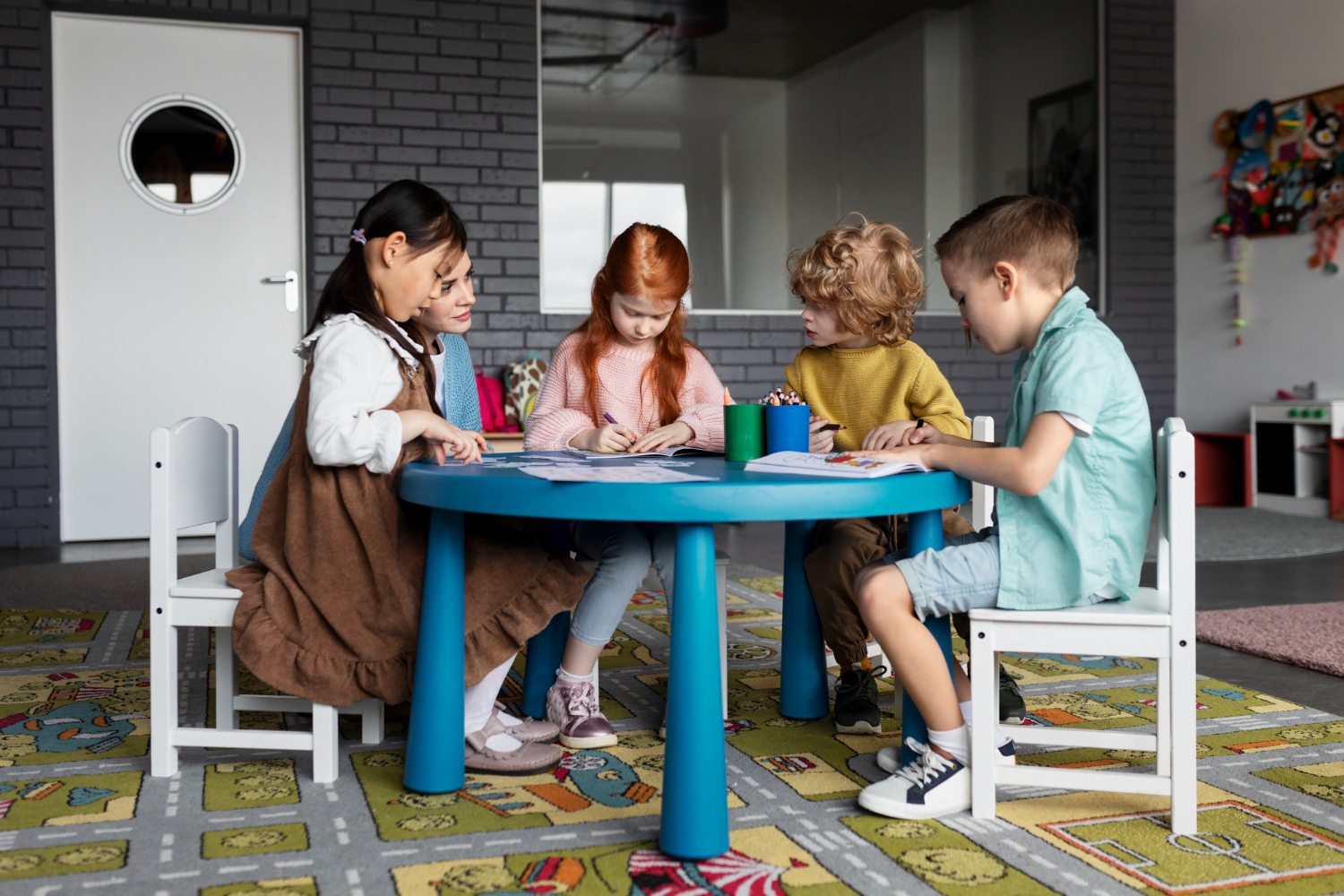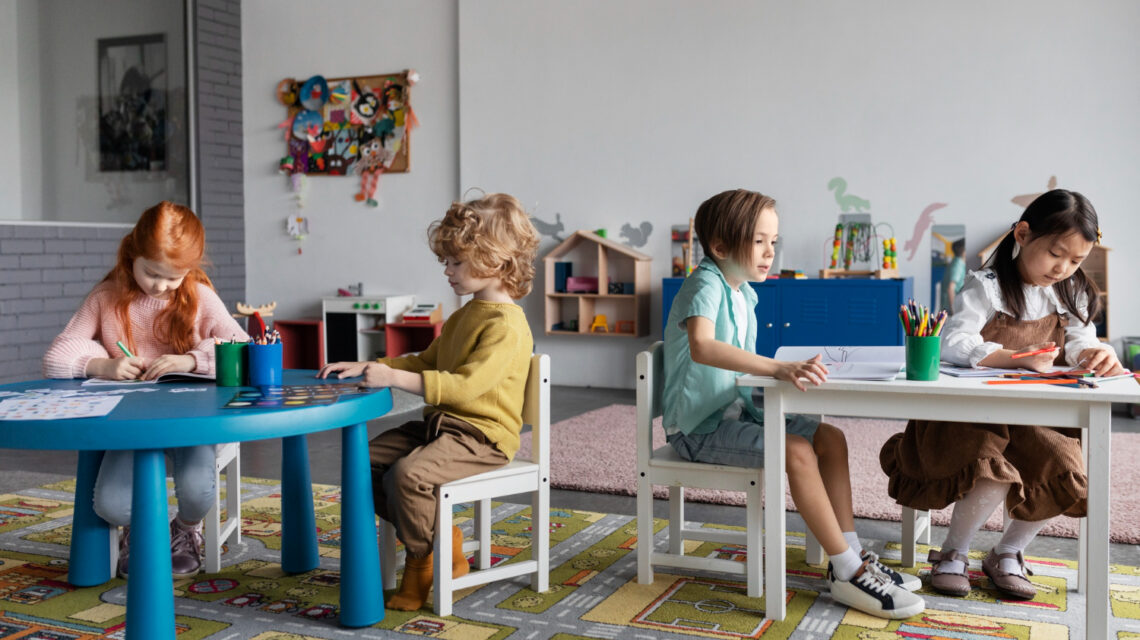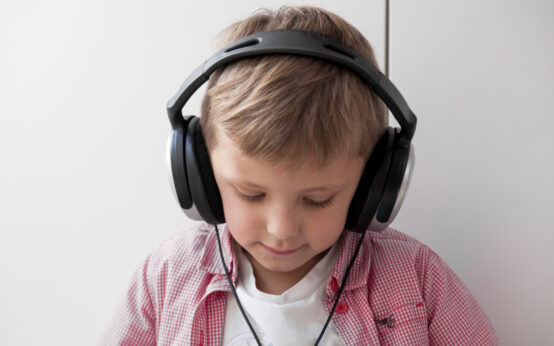Introduction
The SCERTS Model for Autism is a comprehensive educational approach devised by a team of multidisciplinary experts. The acronym SCERTS stands for Social Communication, Emotional Regulation, and Transactional Support, highlighting the essential components of this program.
Unlike a therapeutic technique, SCERTS serves as a model for effectively engaging autistic children. When applied correctly, it offers specific guidelines aimed at nurturing a child’s competence and confidence in social communication while preventing disruptive behaviors that hinder both learning and relationship development.
Objectives of SCERTS for Children with Autism
In envisioning the development of a 7-year-old autistic child with moderate support needs (Level 2 autism) in a school setting alongside neurotypical peers, various therapeutic experiences come to light throughout the day. These may include academic programs, speech therapy, occupational therapy, ABA therapy, social skills therapy, and additional therapies both in and outside of school.
Each stakeholder – parents, caregivers, teachers, and therapists – has a distinct focus, tools, goals, and benchmarks. This diversity often results in a collection of discrete therapies with disconnected goals for autistic children. SCERTS aims to bridge these gaps, fostering authentic progress defined by the ability to learn and spontaneously apply functional skills across diverse settings and with different partners.

The Goal of SCERTS Model for Autism
SCERTS conceived to align the myriad therapies and goals an autistic child may encounter, offering a systematic method that ensures consistent application of specific skills and appropriate support throughout the child’s day. Its ultimate goal is to achieve functional, spontaneous communication, social and play skills, generalized skills, positive approaches to address problem behaviors, and functional academic skills when appropriate.
In the mosaic of understanding autism, the SCERTS Model stands as a beacon, weaving Social Communication, Emotional Regulation, and Transactional Support into a tapestry of empowerment, guiding individuals with autism towards a harmonious symphony of connection and growth.
Barry M. Prizant
How SCERTS Model for Autism Works
Functioning as a tool to integrate approaches from various therapies, including TEACCH, RDI, Hanen, and Floortime, SCERTS focuses on achieving holistic developmental goals. These goals encompass functional communication, social and play skills, generalized skills, and positive approaches to address problem behaviors. Importantly, SCERTS requires implementation not only in educational or therapeutic settings but also at home and within the community, emphasizing consistent progress throughout the child’s daily activities.

SCERTS and ABA: Key Differences
SCERTS incorporates naturalistic forms of ABA but explicitly rejects classic ABA with discrete trials. Unlike ABA, which is adult-directed and initiated, SCERTS is child-centered, building on developmental rather than behavioral theories. This crucial distinction underscores SCERTS’ commitment to a more natural and child-focused approach to intervention.
Implementing SCERTS
While SCERTS consultants may be scarce outside of Rhode Island. Where it originated, the SCERTS group provides a clinical manual and conducts training events for SCERTS teams, including school, community, and family members. Implementing SCERTS typically starts with the family’s decision and requires ongoing dedication, advocacy, and management to ensure consistent application across all aspects of the child’s life. This includes providing training to therapists and teachers as the child progresses through different grades and schools.
Source
- Prizant, B. M. (n.d.). SCERTS Model. SCERTS.
- Wetherby, A. M., Woods, J. J., Allen, L., Cleary, J., Dickinson, H., & Lord, C. (2004). Early indicators of autism spectrum disorders in the second year of life. Journal of Autism and Developmental Disorders, 34(5), 473–493.
- Volkmar, F. R., Lord, C., Bailey, A., Schultz, R. T., & Klin, A. (2004). Autism and pervasive developmental disorders. Journal of Child Psychology and Psychiatry, 45(1), 135–170.
- Barry M. Prizant, Amy M. Wetherby, Emily Rubin, Amy C. Laurent, & Patrick Rydell. (2006). The SCERTS Model: A Comprehensive Educational Approach for Children With Autism Spectrum Disorders. Brookes Publishing.
- Prizant, B. M., Wetherby, A. M., Rubin, E., Laurent, A. C., & Rydell, P. (2006). The SCERTS model: A transactional, family-centered approach to enhancing communication and socioemotional abilities of children with autism spectrum disorder. Infants & Young Children, 19(2), 84–97.
- Kasari, C., Freeman, S., & Paparella, T. (2006). Joint attention and symbolic play in young children with autism: A randomized controlled intervention study. Journal of Child Psychology and Psychiatry, 47(6), 611–620.







